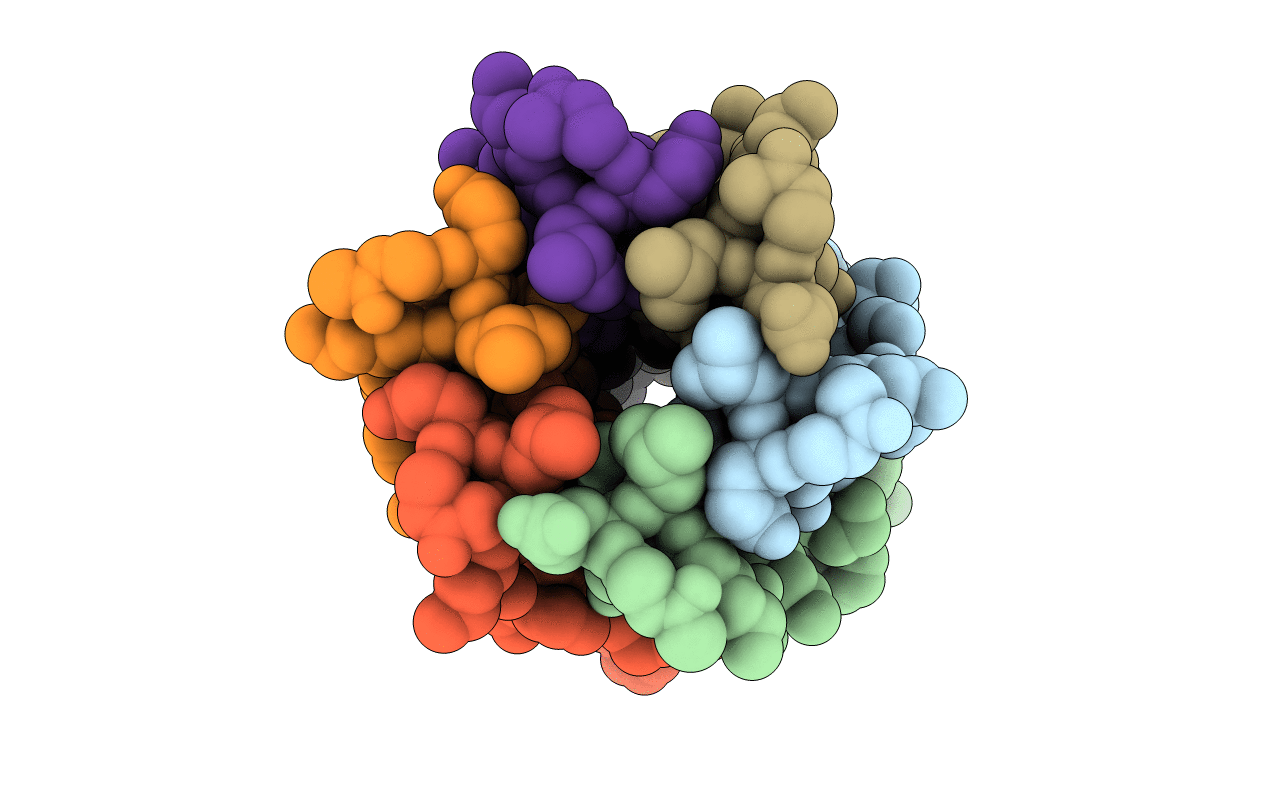
Deposition Date
2013-05-23
Release Date
2013-08-21
Last Version Date
2024-10-30
Entry Detail
PDB ID:
4KVT
Keywords:
Title:
Crystal structure of a 6-helix coiled coil CC-Hex-L24C
Biological Source:
Source Organism:
Method Details:
Experimental Method:
Resolution:
1.60 Å
R-Value Free:
0.20
R-Value Work:
0.19
R-Value Observed:
0.19
Space Group:
P 42 21 2


